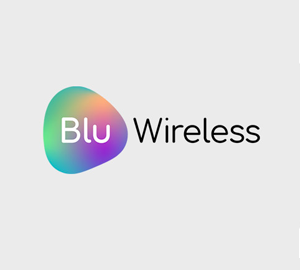Connected Cars
Connected cars have the ability to access the internet and connect with other devices in and around the vehicle, which will improve automotive experience and change the way we travel significantly.
As we become an increasingly technology-driven society, the demand is growing for automotive Wi-Fi. With the market set to be valued at over $150 billion by 2022, car brands, mobile operators and equipment manufacturers are collaborating to develop their own solutions to enable this technology shift.
5G solves the challenge of providing reliable internet access at 160mph. It is a significant step up from 4G, enabling the superfast data sharing between vehicles and devices. Using the millimetre wave (mmWave) spectrum, reliable, ultra-fast connectivity in our vehicles will become a reality.
What can a connected car do?
- Remote locking and parking via app
- Use roadside IoT sensors to “predict” and alert you to hazards ahead
- Ultra-fast video streaming for passenger entertainment
- Remote fault diagnosis from the manufacturer
- Automatically alert authorities if the vehicle is in an accident
High-Speed Rail
It is well known that patchy connectivity on board trains is a regular frustration for rail commuters, disrupting their work and leisure time. The UK Government have predicted that by 2025 trains could achieve connections of 1 gigabit per second by using 5G. This means ten times faster train Wi-Fi rates than recorded in 2017, revolutionising train journeys.
With 5G, passengers will enjoy:
- Optimised video streaming – downloads in seconds with no buffering
- Consistent connectivity for business conference calls
- An end to hot-spotting and downloading ahead of journeys
Achieving a tenfold leap in connectivity is a complex technical feat, but with rising numbers of commuters, it is a necessary one for the rail industry. By increasing the range of the wireless spectrum we use this can be achieved.
mmWave technology uses higher frequencies within the unlicensed spectrum to deliver 5G speeds of connectivity that are consistently fast and reliable, as they allow for a greater number of users per network. Though 5G rollouts are expected to take several years, this technology is available now to deploy on railways, as nodes are mounted cost-effectively on trackside infrastructure such as masts.
FirstGroup are leading the way in implementing a 5G network using mmWave technology during 2019, which could see 5G reach trains well before the Government’s prediction of 2025.
Truck Fleets
For fleet managers, monitoring groups of freight trucks and lorries is a challenging task. Communication between drivers on the road and the control centre operators can be particularly impeded when internet signal is either intermittent or non-existent.
5G will be revolutionary for the fleet management industry. The higher bandwidth enabled by the mmWave and 5G technologies will make for a significantly more responsive and reliable network, bringing much-needed end-to-end visibility on the fleet’s activity.
Another key advantage of connected fleets is road safety. As mmWave 5G connectivity is extremely reliable with low latency, a whole range of applications can be implemented to protect fleet vehicle drivers which connect vehicles to one another:
- Collision avoidance
- Assistance with left-hand turns
- Do-not-pass alerts
- Lane keeping
- Movement assistance at intersections
mmWave 5G will also become a key enabler for emerging autonomous vehicle technology. Truck driver fatigue is an ever-growing challenge within fleet management. Quality of life and road safety can be significantly improved by 5G, which will use autonomous and semi-autonomous applications, to take the pressure off drivers and increase the vehicle’s attention on the road.
5G is making waves in the transport sector. Want to learn more about how millimetre wave is powering the next generation of high-speed transport with 5G connectivity?









